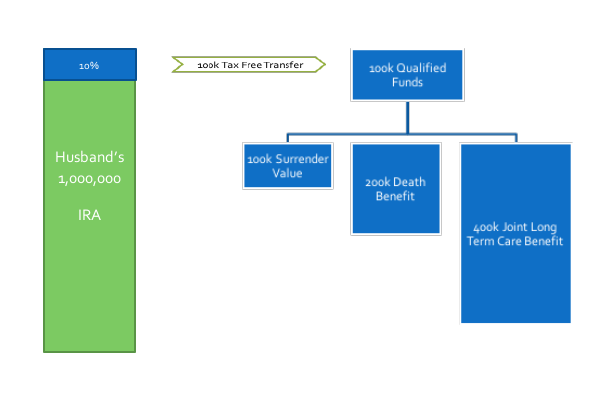If you can’t pay your long-term care expenses, then you have a friend in Pennsylvania! Just ask John Pittas, who found out the hard way. His mother, Maryann Pitta, had to undergo rehabilitation treatment with skilled nursing care following a car accident in September, 2007. When she was recovered and released in March 2008, she decided to relocate to Greece having paid only a small portion of the bills she owed from her stay at the care facility. In May at the facility, unable to reach Ms. Pittas, she instituted a filial action suit against Mr. Pittas under state code 23 Pa. C.S.A. Sec. 46, entitled Relatives’ Liability and which read (in part):
1. The following individuals have the responsibility to care for and maintain or financially assist an indigent person, regardless of whether the indigent person is a public charge:
- The spouse of the indigent person.
- A child of the indigent person.
- A parent of the indigent person.
2. Paragraph (1) does not apply in any of the following cases:
- If an individual does not have sufficient financial ability to support the indigent person.
- A child shall not be liable for the support of a parent who abandoned the child, and persisted in the abandonment for a period of ten years during the child’s minority.
After arbitration, a non-jury trial, and an appeal the court held Mr. Pittas responsible for his Mom’s remaining obligation to the health facility to the tune of around $93,000. The case could be a wakeup call of sorts for those with relatives, especially children with parents, who are in need of medical care and think they don’t need to be involved in planning for such contingencies. A few points of fact from the trial are eye-openers:
- “Indigent” was not defined as just those who are destitute, but as anyone without sufficient means to pay for their own care and maintenance.
- It did not matter that Mr. Pittas had other siblings who could have shared in the support. If he wanted them to accept some of the responsibility, it was up to Mr. Pittas to join them in the suit. It wasn’t the obligation of the health care facility to pursue them all collectively.
- It didn’t matter that Ms. Pittas had initiated, but not completed, the application for government support. The health care facility was allowed to take action against Mr. Pittas without seeking resolution of the application for assistance.
- Mr. Pittas was shown to make around $85,000 a year which was found sufficient to obligate him under the law for his mother’s expenses, but didn’t help in suggesting what might be the lower limit that would exempt a relative from responsibility under the law.
Two-thirds of the states have filial support laws. A useful summary of state-by-state citations can be found on the website of Dickinson School of Law professor, Katherine Pearson at http://law.psu.edu/_file/Pearson/FilialResponsibilityStatutes.pdf. This will assist in demonstrating to a client the need to be involved in planning for the affairs of relatives for whom they may unknowingly be responsible.
Call us for information regarding the steps and the products that are important for avoiding these types of unexpected liabilities that can confront your clients.

